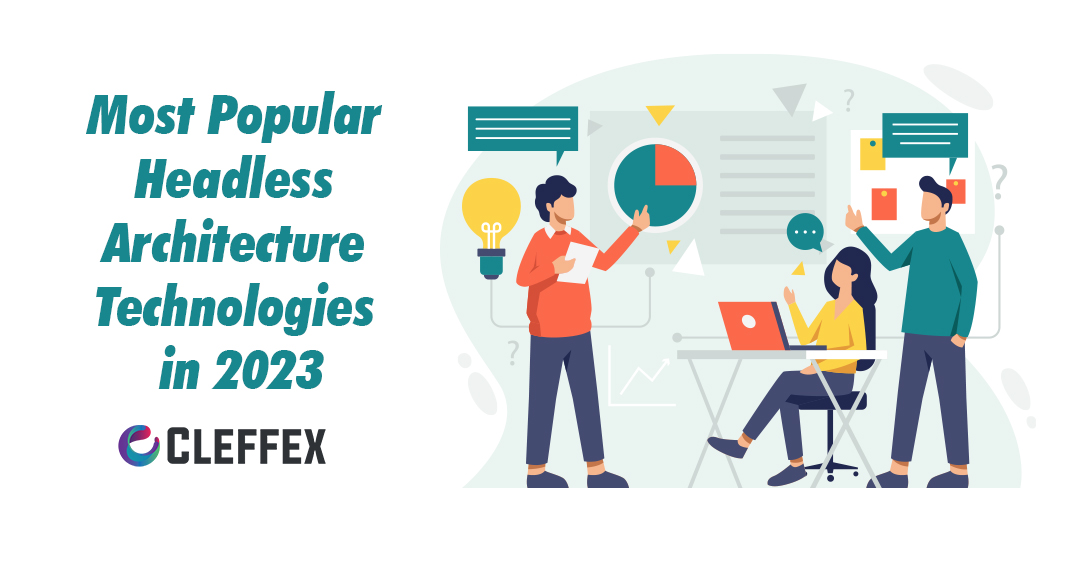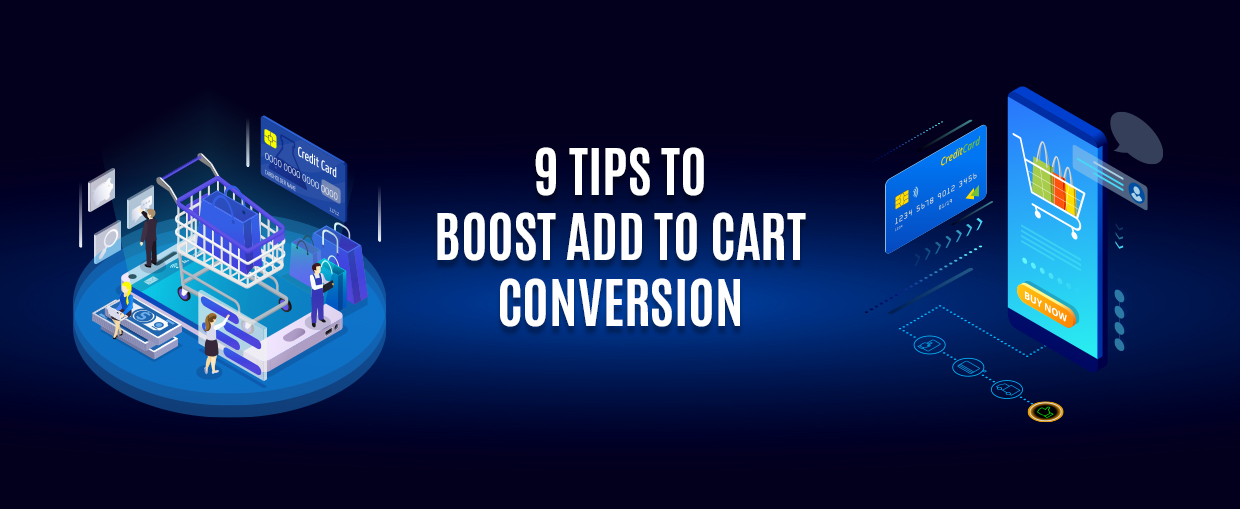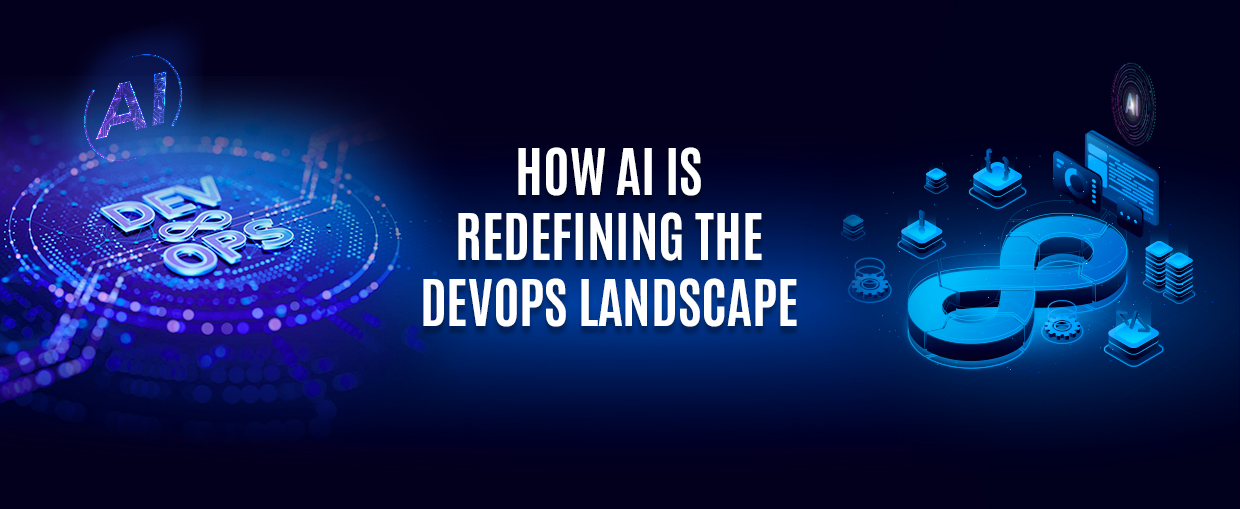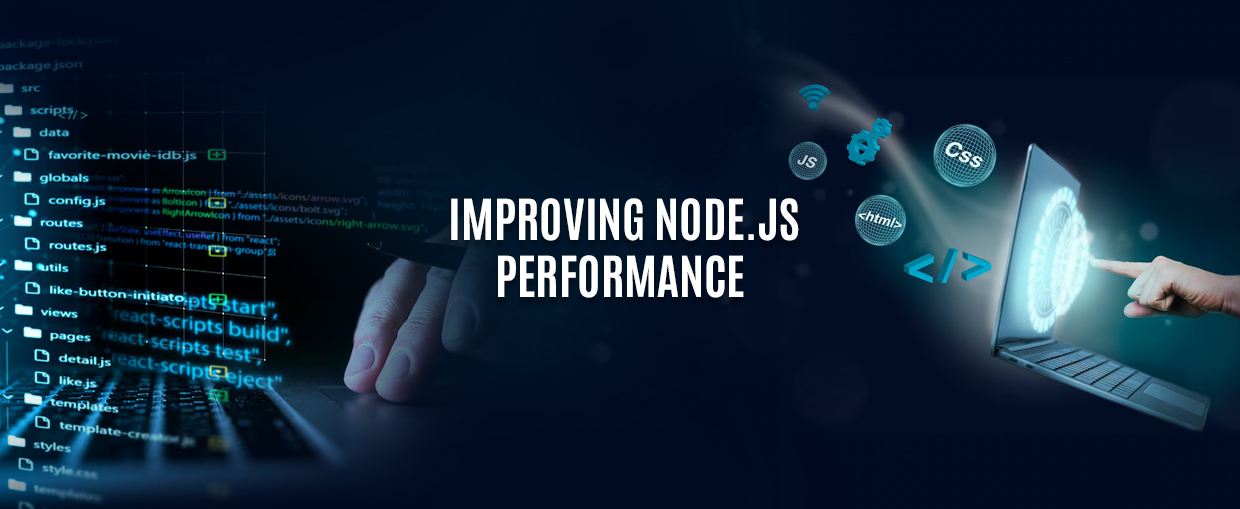Headless architecture technology is one approach for creating static web pages. However, thanks to decoupling, or the separation of front-end and back-end development, this technology transforms formerly limiting static websites into contemporary, fast, and configurable ones while remaining lightweight and adaptable. That is a somewhat different approach than monolithic or conventional architecture.
Headless CMS is especially geared to the requirements of the IoT (Internet of Things) or for ecommerce development for businesses.
There has been a rise in the popularity of headless technology in recent years. This is not unexpected given the fast development of ecommerce and IoT.
This is because it offers a variety of perks such as:
Flexibility, scalability, and the capacity to respond to changing client demands
· The ability to swiftly adapt to business changes and the freedom to choose user interface and user experience (UI UX) design
· Flexibility in selecting back-end components and capabilities, as well as the ability to scale and deploy specific headless architecture/application components
· Possible integration with cutting-edge technology and third-party solutions.
· Simple upkeep paired with a fun, time-saving, and extremely fulfilling development experience
· Pre-made and already-existent components are extremely reusable.
· Integration with third-party technologies, systems, and APIs is simple (headless ecommerce, headless CMS, search, payment platforms, and more)
· A quick and systematic learning method that is simple to grasp for software developers.
· Vibrant community support
These perks contribute to the rising popularity of headless architecture. Now it’s time to explore the most popular technologies related to this with a major influence in 2023.
Headless Architecture Technologies That Will Be Popular in 2023
The most popular headless CMS technologies such as languages, frameworks, third-party services, and other features are listed below. Let’s have a look at them!
Languages
1. JavaScript
JavaScript will be the most popular programming language for headless CMS architecture in the coming years. It continues to dominate the headless CMS industry since developers use it as their primary language.
2. SQL
SQL was the second most popular architecture language; however, it currently has one of the lowest satisfaction rates in the summary. A tiny increase is now seen from the previous year. This may imply that SQL will maintain its lead, although it may be surpassed by one of the more interesting headless CMS systems in the future.
3. TypeScript
TypeScript is the most popular headless CMS architecture language. Furthermore, it is still gaining popularity, with utilization growing, and it has already become the preferred language for most engineers. TypeScript users place high importance on the satisfaction gained from the development process, earning the best overall score. This clearly establishes it as the top trend in headless CMS architecture.
4. Shell (Bash)
Shell is unlikely to be a hero soon, but it can be expected the flowering of more promising and recognized architecture technologies, which is not surprising given Bash’s creation. In general, though, Bash may be described as a fundamental tool that any developer or non-developer should be familiar with.
5. PHP
PHP is one of the most stable languages. It remained the fifth most often used language in headless CMS, with no noteworthy losses or gains. There are yet to see any changes occurring in the future.
Frameworks and Libraries
1. React.js
React.js is the most popular choice among developers, with a high satisfaction rating. As a result, it remains one of the most popular options. Its utilization increased, followed by a modest increase in satisfaction, making it one of the top headless CMS architecture trends for 2023.
2. Next.js
Next.js is unquestionably one of the most popular frameworks for headless CMS, with one of the highest satisfaction scores, even higher than React.js. This establishes it as a strong trend for 2023.
3. Gatsby.js
Gatsby is used to build most websites, making it one of the most used headless CMS frameworks.
4. Nuxt.js
Nuxt, like Next.js, is a pleasing and dependable front-end framework. Although it is not a market leader in headless architecture, with such a high satisfaction score, it has substantial growth potential. It already ranks second in web development as well.
5. Vue
Vue is the fifth most popular headless CMS framework, with a high level of satisfaction. It is popular because of its ability to create basic apps based on Model-View-ViewModel, and it is an excellent alternative to more complex solutions such as Angular or React. Furthermore, Vue is simple to understand and can be picked up by someone with no prior knowledge of other frameworks. It is also far quicker than its primary competitors and gives extremely clear and well-prepared documentation.
Third-Party Services and CMSs
Using third-party APIs and systems is inevitable in headless architecture. The combination and ease of integration of tech stack with other systems and technologies speed up development and allows developers to establish a fully working back end without a large coding effort. It can also be outfitted with dynamic components and static sites may be expanded by incorporating extra functionality.
And these third-party services are the most popular among headless architecture enthusiasts.
1. Authentication
Devs prioritize authentication above anything else in headless architecture. Most programmers utilize such platforms. The ability to leverage existing login structures simplifies and secures the authentication process. Coding the complete functionality on their own would demand a significant amount of time and work on the part of developers. Therefore, eliminating this makes the development process much more joyful.
2. Headless CMS
CMSs (Content Management Systems) ranked second among third-party systems utilized by front-end developers. The explanation is obvious: there’s no need in creating an entirely new text editor when appropriate choices are already accessible on the headless CMS market.
WordPress was once the headless CMS leader and in recent years, alternative, less often utilized technologies are now thriving such as:
· Sanity
· Strapi
· Contentful
· Prismic
· Agility CMS
Other common third-party services utilized by developers of headless architecture are:
· Management of digital assets/images
· Utilization of a headless database
· Tools and services for headless CMS
3. Static Sites Generators
Static site generators (SSG) are clearly an important component of headless architecture. Building a static website appears to be an already very old and outmoded website development strategy that allows for the creation of lightweight yet static web pages. Using static site generators, on the other hand, enables them to integrate dynamic components while retaining the simplicity of static sites and the great flexibility of back-end and front-end development.
SSG-generated pre-built and pre-rendered sites provide quick loading, a fantastic user experience, security, and SEO efficiency. Furthermore, especially when combined with headless CMS solutions, they produce exceptional and pleasant results, making them one of the most popular development choices. This is why headless architecture practitioners typically use this web technology.
The top static site generators for headless CMS in 2023 are:
- Hugo
Hugo is a Go-based static site generator. It’s one of the headless architecture technologies that makes the development process very interesting and fun. It is an excellent alternative for individuals looking to develop a large website while retaining the ability to add and change an endless number of posts. The technology delivers an ideal user experience for visitors, excellent performance and speed, and many built-in templates, which speed up the headless CMS development process.
- Gatsby.js
Gatsby is a free and open-source static site generator that includes a JS framework. Developers use Gatsby because of its well-organized documentation and abundance of ready-to-use features and plugins. These capabilities make the headless architecture process easier and more delightful, and the resulting websites are SEO-friendly and easy to scale. It is therefore suggested for a variety of websites, including corporate, ecommerce, and SaaS sites, as well as personal blogs and landing pages.
- Next.js
Next is the most widely used static site generator, which is likely due to its usage of JavaScript and TypeScript. This headless CMS technology-powered web is user-friendly, performant, and allows developers to design dynamic features with considerable flexibility. Next development enables a quick time to market, responsiveness, scalability, and access to the expertise acquired by a large and expanding community. Next is ideal for big multi-user websites, headless ecommerce portals, and simpler projects like B2B or SaaS websites.
- Jekyll
Jekyll is a Ruby-based static site generator. It is generally suggested for generating blogs and personal websites because of its characteristics as a large library of plug-ins and freedom in content generation. It’s also one of the simplest SSGs to learn for headless architecture. As the oldest SSG, it has a large community and a wealth of information that has been gathered through time.
- Nuxt.js
Nuxt is an open-source, Vue-based SSG for creating web apps. In general, Nuxt-powered websites are quick and have well-optimized code. The inclusion of predefined modules and the ability to integrate with third-party technologies make the headless CMS development process simple.
The Final Say
There is a lot you can profit from the flexibility and scalability of the headless architecture. It’s a potential business choice that provides greater opportunities. It enables a quick development process as well as tremendous freedom in selecting capabilities and creating an excellent user experience.
So make sure you seek the technical partnership of an expert with their headless CMS services that will best suit the requirements of your business.









